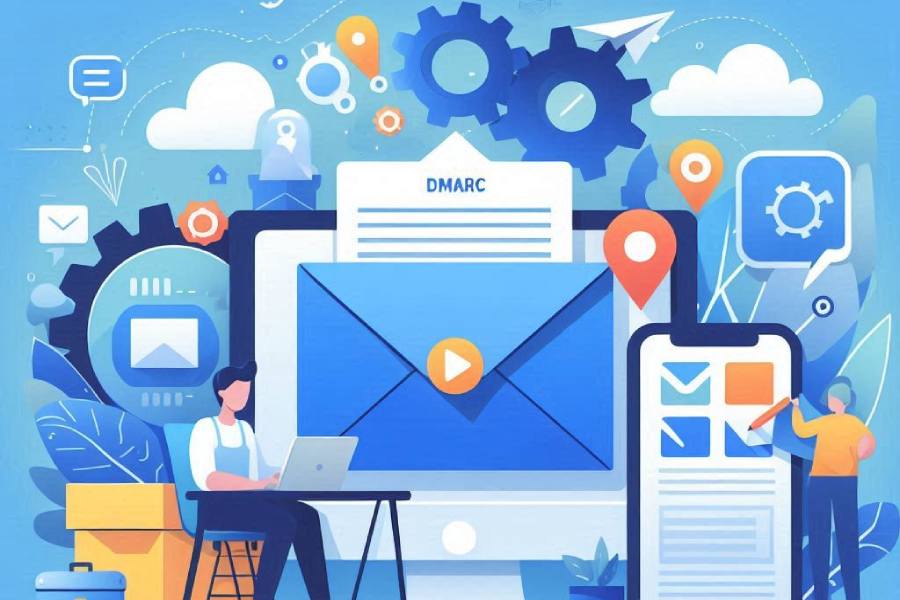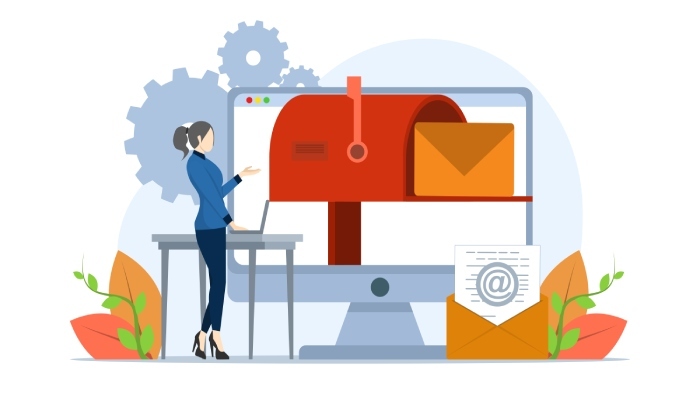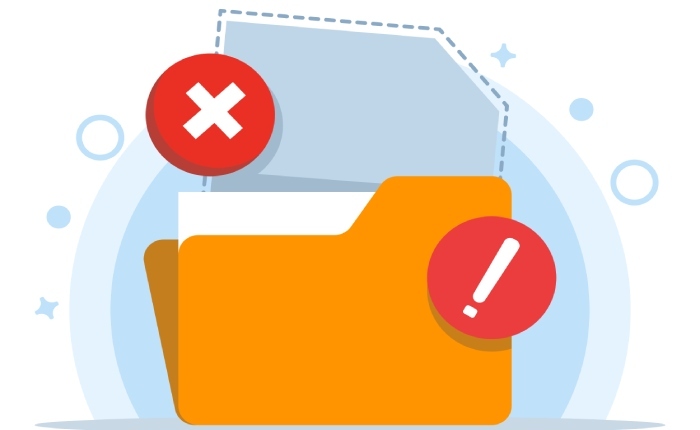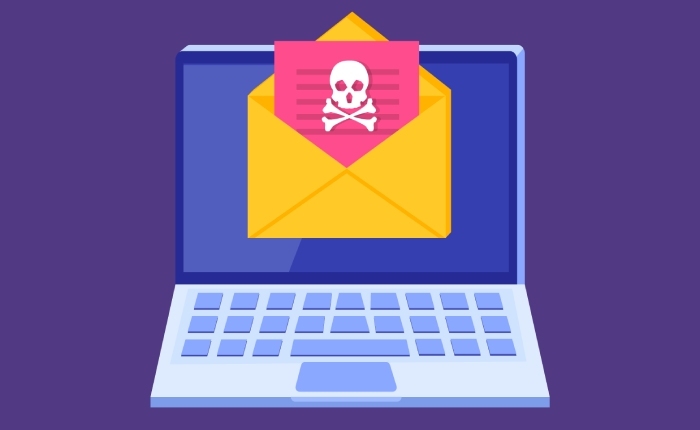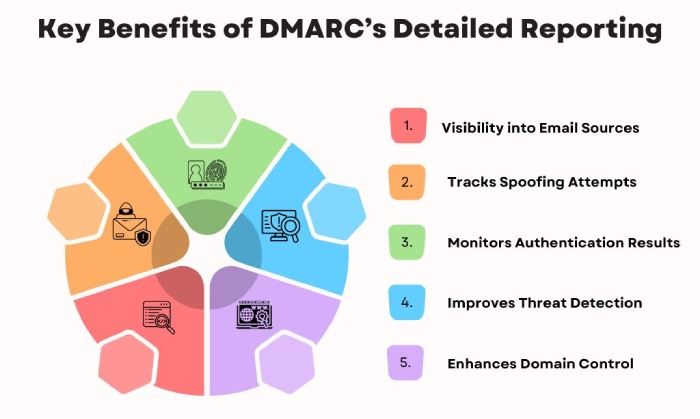How does DMARC improve email deliverability?
When it comes to B2B and B2C business communications, email plays a crucial role as a core communication channel. From running marketing campaigns to offering customer support, from notifying customers with transactional details to engaging them one-on-one with newsletters and emails, they do it all for your business.
But what if these emails do not reach your audience at all? Poor email deliverability can not only affect your day-to-day business operations but also tarnish your brand reputation. This is exactly why you need DMARC to enhance your email deliverability.
Let’s find out how your email deliverability is dependent on DMARC.
What is email deliverability, and why does it matter?
The ability of an email to reach the primary inboxes of your recipients is known as email deliverability. When you send an email to an intended recipient and it reaches the mailbox provider’s gateway server, it is considered “delivered.” But email deliverability is about the part that comes after this. Once your email has reached the mailbox provider’s gateway, it must overcome several hurdles, such as passing security checks, failing which can result in blocklisting, rejection, or being flagged.
Here’s why email deliverability should be one of your top concerns:
1. Effective mode of communication
Emails still top the chart as a primary mode of communication even in the age of WhatsApp, Slack, and other communication platforms. When you send out an email, you expect it to be seen and acted upon accordingly. That’s precisely why you should aim for high deliverability.
2. Brand reputation
If your emails are landing in the spam folders of your customers, it can badly hamper your brand reputation. Your audience will be highly sceptical about your brand credibility if they find almost all your emails in their spam folder.
3. ROI on email marketing campaigns
Email marketing, if done right, can effectively boost the conversion rates for your business. But for that, your emails must land successfully in the primary inbox of your customers. If your emails are not consistently landing in the spam or promotions folder, it is practically impossible to get those conversions and engagements.
4. Transactional delivery notifications
Imagine this! One of your new customers has just checked out and made the payment. Now they are waiting for that confirmation email from you. But if your email doesn’t reach them, that too, within a few minutes, they will start doubting your brand.
5. Customer support system
If your customer support emails are not landing in the primary inbox of an audience who has raised an issue or needs help with something specific, your brand loses that “Customer-friendly” or “easily approachable” tag.
Email deliverability challenges in 2025
Your email deliverability gets affected by the following factors. Have a look!
Excessive email fraud
Phishing and spoofing attacks, BEC, and other similar email-centric cyber frauds are on the rise. Threat actors frequently exploit legitimate domains to send malicious emails to unsuspecting recipients. This badly hampers the brand reputation.
Rigid ISP filters
The increasing number of cyberattacks on the email ecosystem has led to the strict implementation of filtering mechanisms. Email Service Providers have become way more strict with the filtering tools, which sometimes leads to your genuine emails being flagged or rejected.
Complicated email infrastructure
Businesses prefer using different third-party tools for running email campaigns. This often poses a problem to consistent email deliverability.
Doubts and suspicions among users
Your audience is well aware of the rising threat of cyberattacks. This has a direct impact on your brand credibility. They can get sceptical about your emails, which will gradually reduce the open rates and engagement of your emails.
How does DMARC boost email deliverability?
DMARC helps you achieve the perfect balance between email security and deliverability. Here’s how:
Fool-proof protection against phishing and spoofing attacks
DMARC works in conjunction with DKIM and SPF to help prevent malicious emails from reaching your primary inbox. Emails that fail authentication checks simply get rejected or land in the spam folder. Thus, only genuine emails reach your audience. In the long run, this results in improved email deliverability.
Winning your ESP’s trust
ESPs trust domains that use DMARC to authenticate their emails. They are highly likely to deliver your emails to your audience now, thereby improving the deliverability.
Improved brand identity and image
DMARC deployment enables you to use a feature called BIMI or Brand Indicators for Message Identification). BIMI-enabled emails display your brand logo in your email, thereby establishing trust and enhancing your brand image among your audience.
Consistent feedback and improvement
DMARC provides detailed reports that help you identify and rectify any ongoing deliverability issues for a better deliverability experience.
Reduced false-positive instances
DMARC implementation reduces the chance of your genuine emails getting flagged or rejected by email service providers.
Final thoughts
If your ongoing email campaigns are not delivering the expected ROI, despite your best efforts, or your email communications are falling flat, then it is highly likely that your emails are not reaching the intended audience. It’s high time to opt for DMARC enforcement and boost your email deliverability. Take this blog post as a sign and get started with your DMARC journey today.
